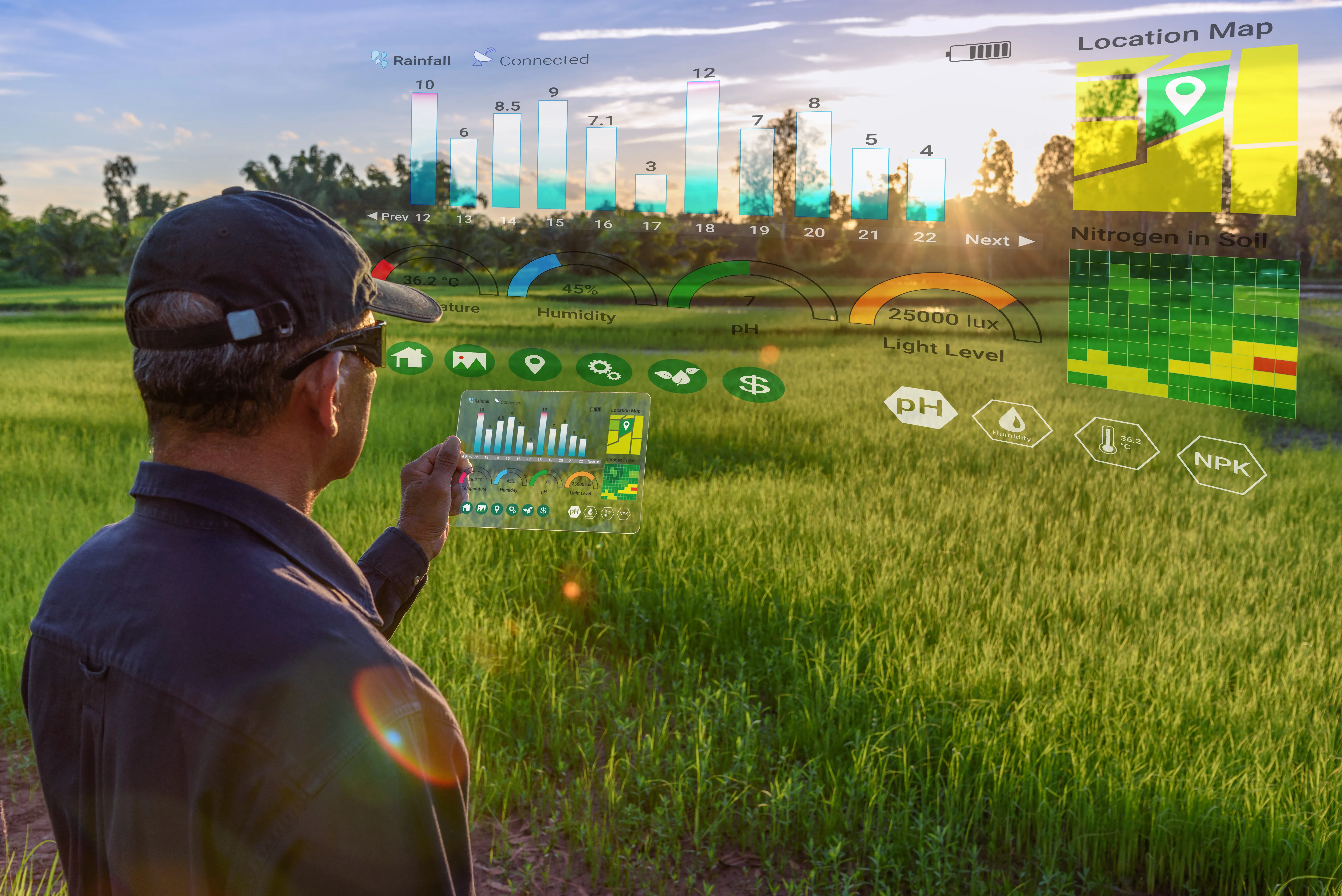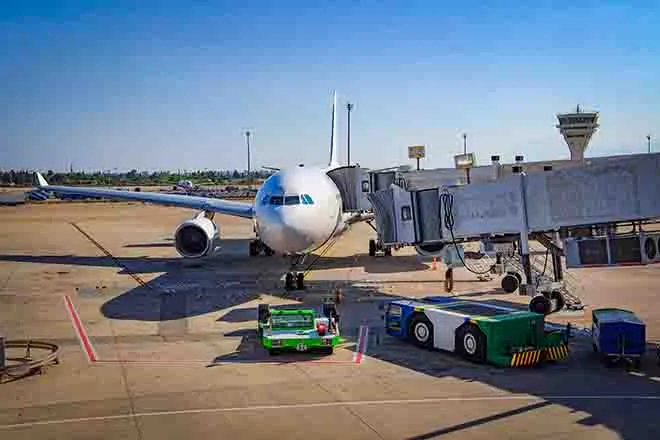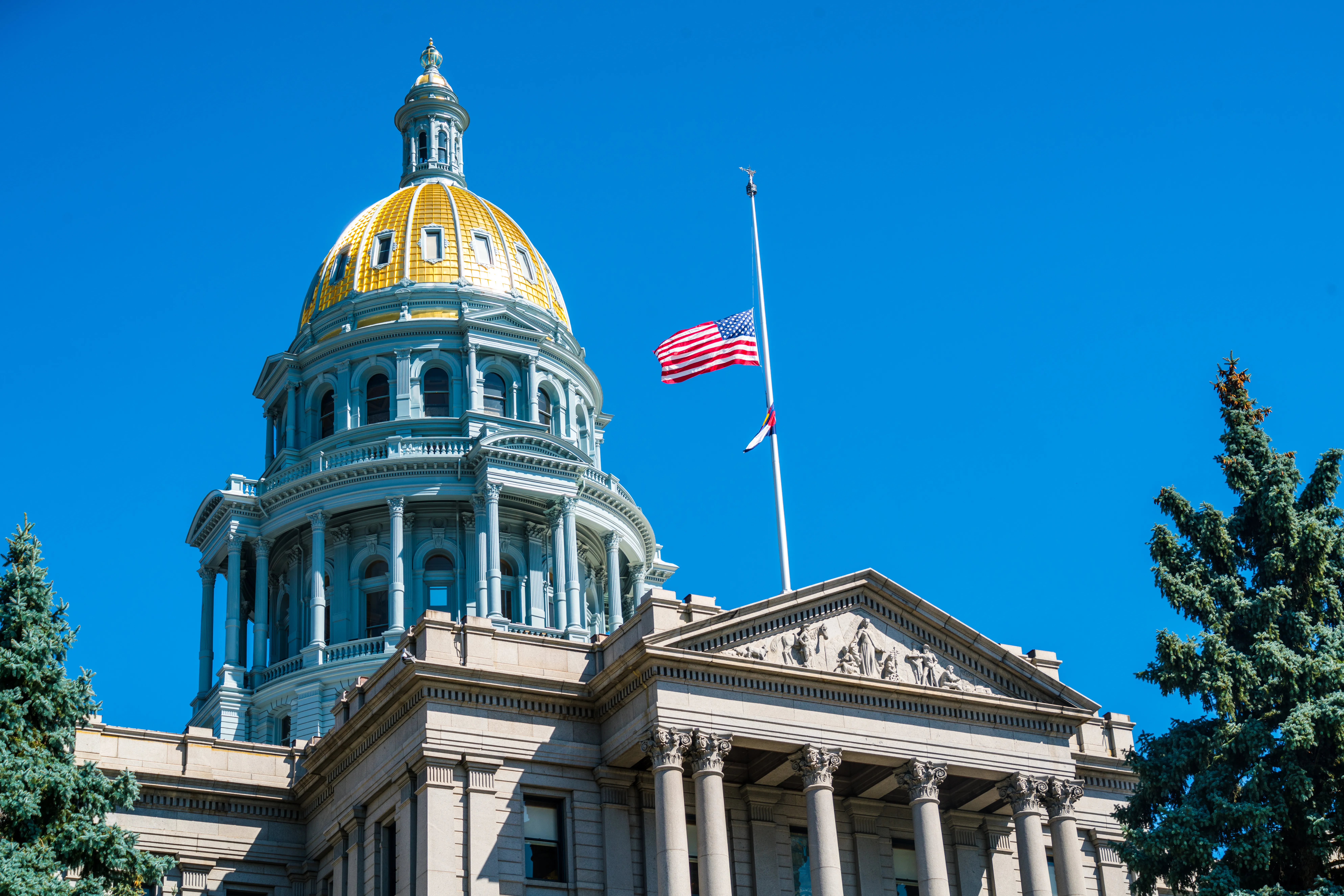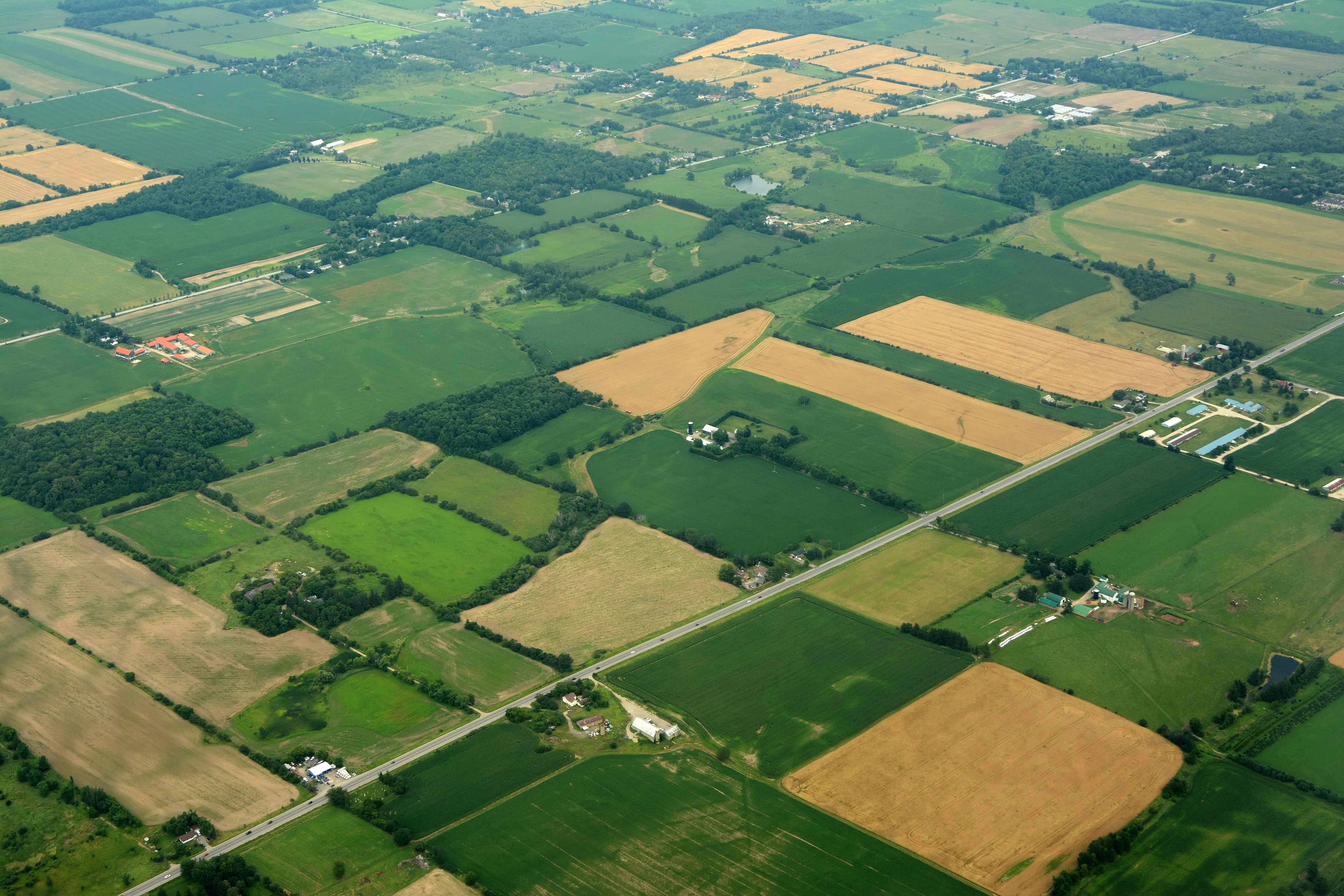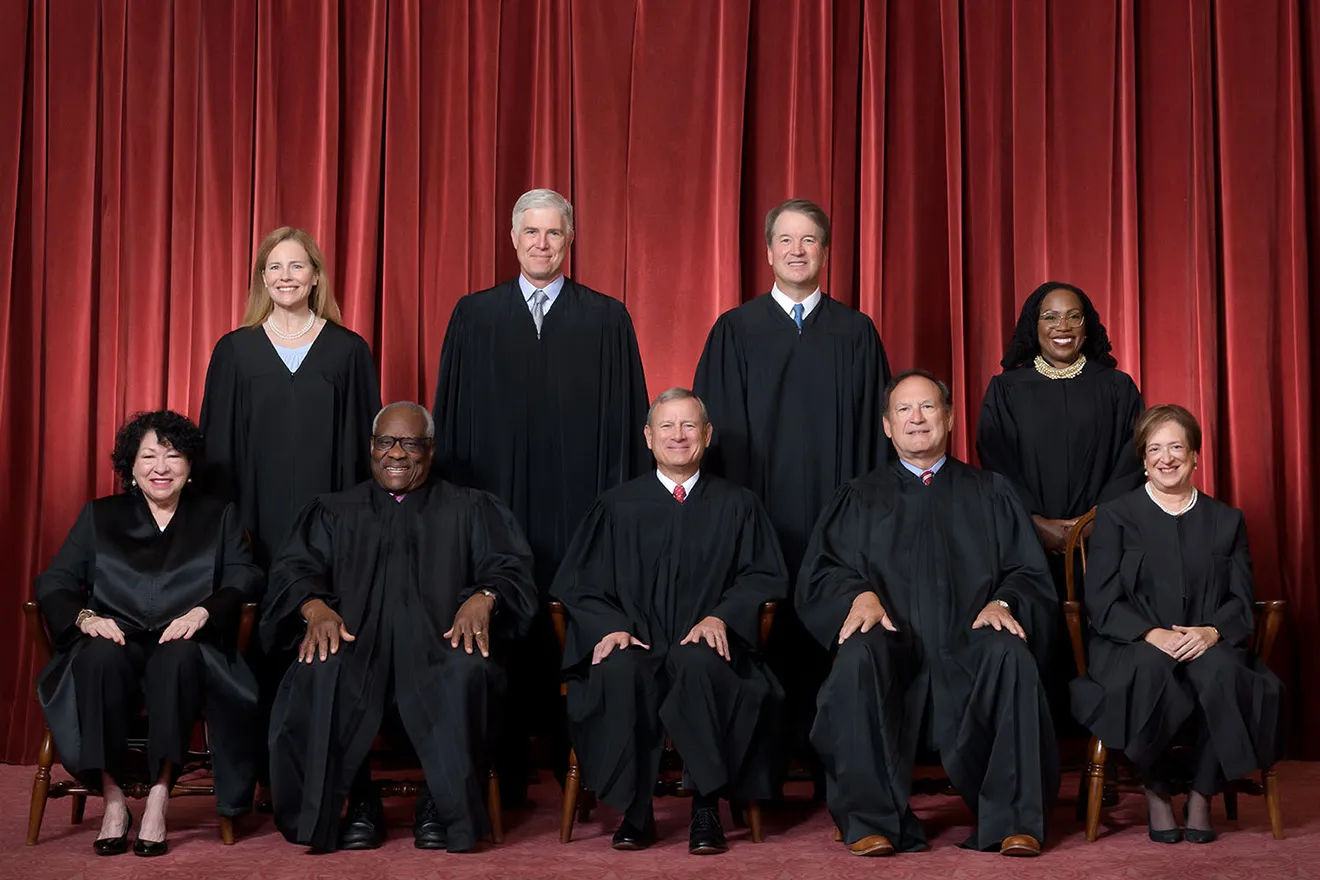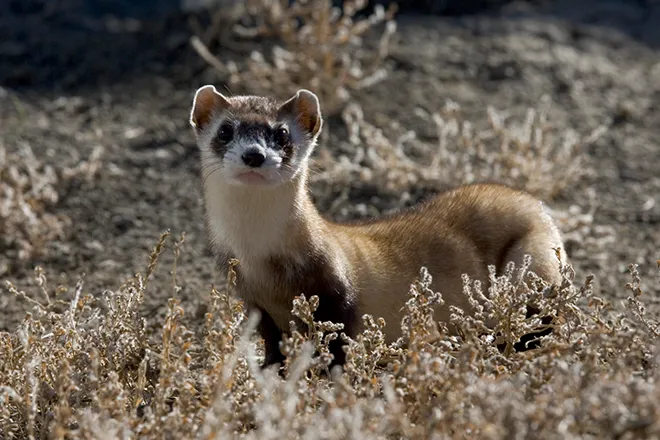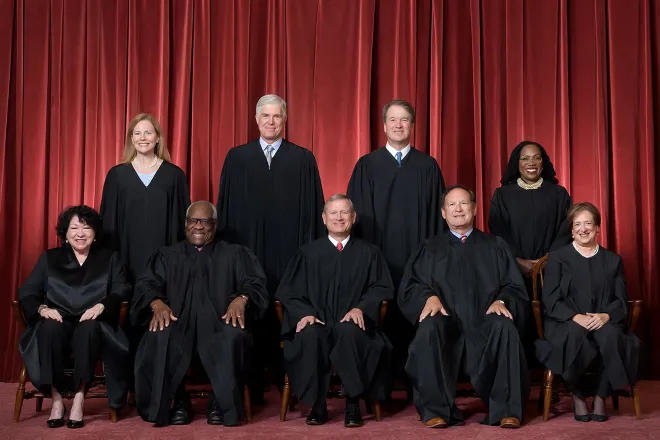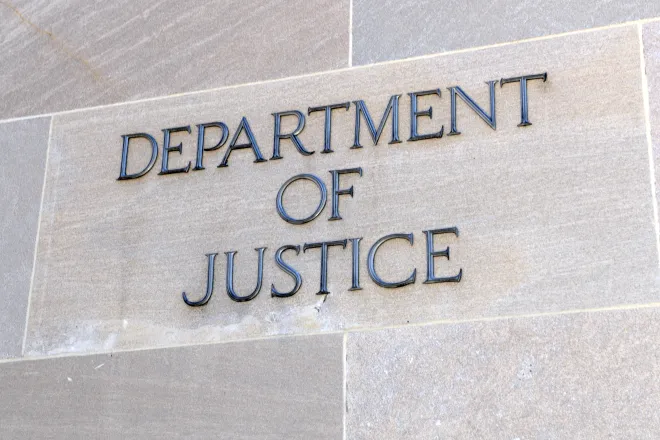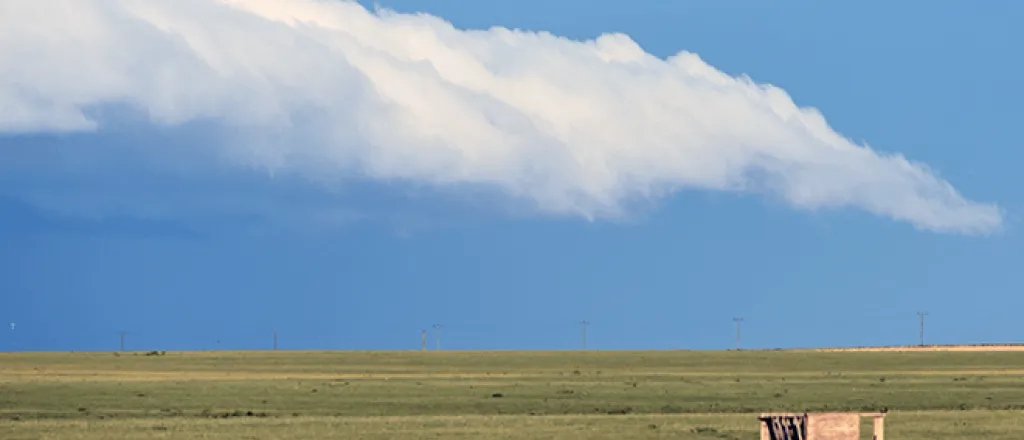
Impact of lost grasslands on rural economies and carbon sinks
(Colorado News Connection) More than 300 ranchers, tribal members, conservationists, researchers, federal and state agency officials gathered in Cheyenne, Wyoming, last week to find ways to safeguard and restore the nation's grasslands.
Aviva Glaser, senior director of agriculture policy for the National Wildlife Federation, said grasslands are critical for rural economies and wildlife. However, in just the past few decades, millions of acres have been severely degraded or lost altogether.
"Whether it's conversion to crop land or development," Glaser outlined. "Some studies have shown that the loss of grasslands has actually been even faster than the loss of Amazon rainforest."
Colorado has been a leader nationally on protecting wildlife migration corridors, and Glaser said safeguarding and restoring grasslands is key for wildlife connectivity. Grasslands are home to thousands of species of birds, insects and other wildlife, and some species have become endangered or extinct due to loss of habitat.
Participants in the sixth America's Grasslands Conference also worked to advance the North American Grasslands Conservation Act, legislation which would offer protections similar to those already in effect for the nation's wetlands.
Glaser argued it is important to protect Climate Smart Agriculture funding in the Inflation Reduction Act, which could be at risk in the upcoming Farm Bill.
"$20 billion of that should be going to farmers and ranchers," Glaser contended. "Making sure that funding gets protected and actually goes on the ground to those farmers and ranchers to help them implement those practices."
The root systems of grasslands absorb greenhouse gases, creating vast carbon sinks to keep climate pollution out of the atmosphere. Glaser added one of the biggest challenges for conserving and restoring grasslands is helping the American public understand the value of a frequently overlooked resource.
"Most people think of grasslands as flyover country," Glaser explained. "They don't understand the value for wildlife; the value for rural communities and for ranchers; for climate, grasslands hold so much carbon in the soil."

